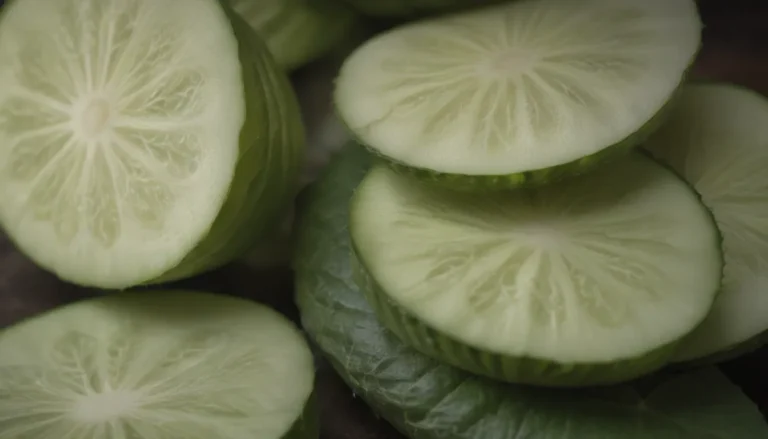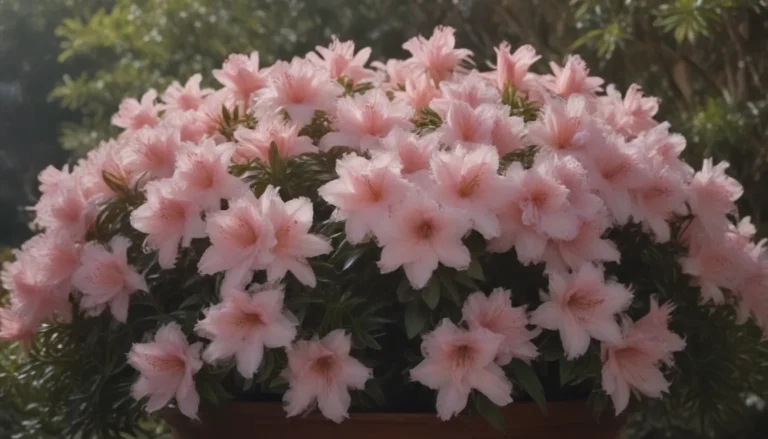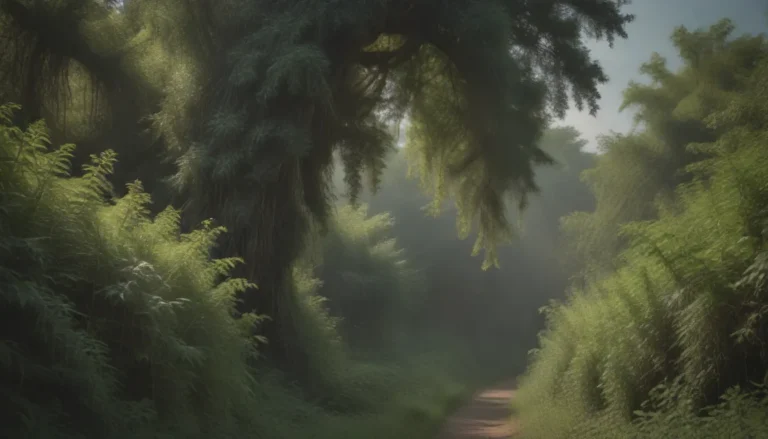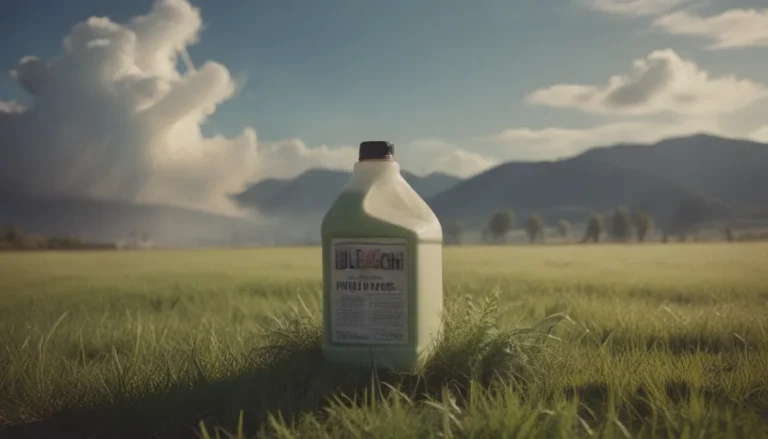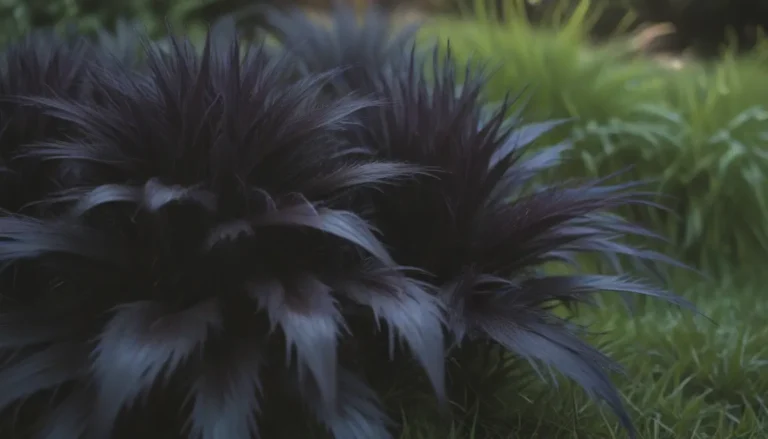19 Tall Low-Light Plants to Grow Indoors: Your Guide to Creating an Indoor Jungle
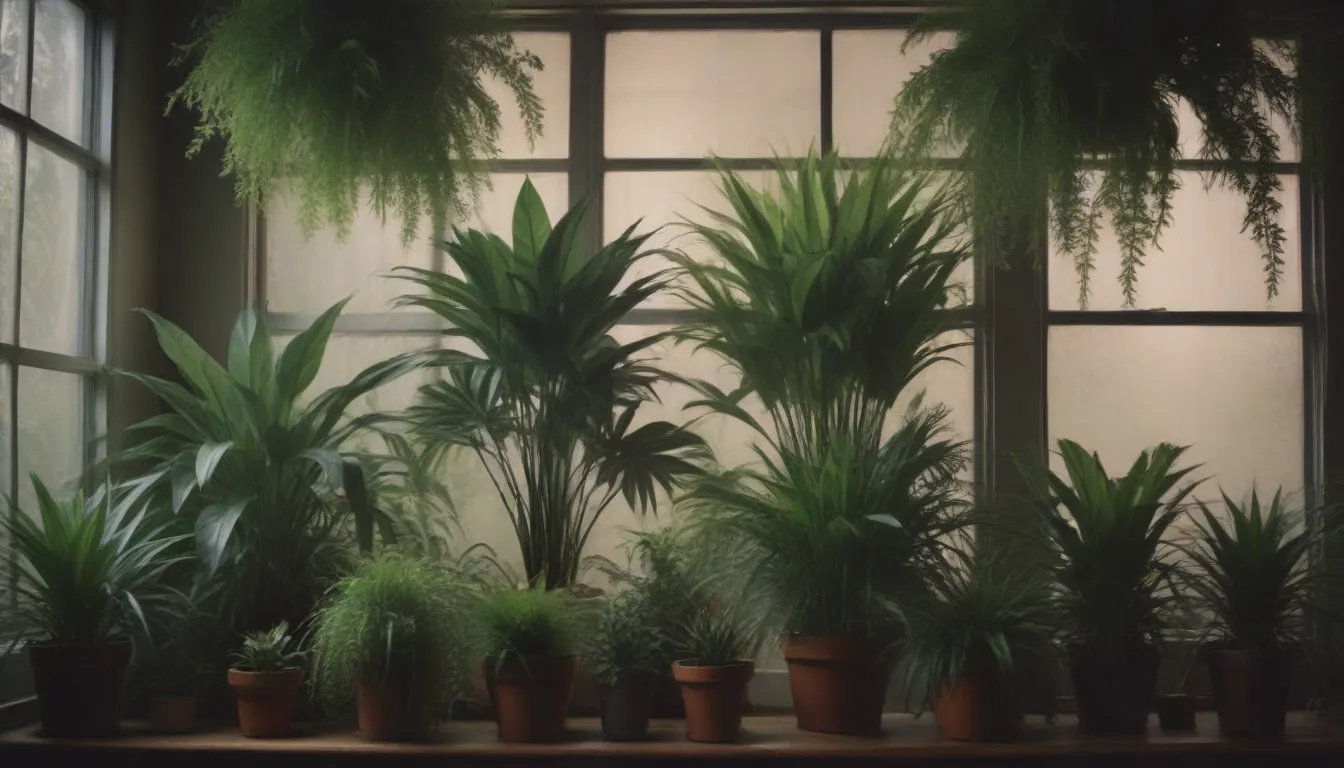
Are you feeling the urge to bring some greenery into your space, but your home doesn’t receive much natural light? Don’t worry! With the right selection of plants, you can create your very own indoor jungle, even in low-light conditions. From towering trees to exotic succulents, there’s a tall plant on this list for everyone, no matter the width of your space. As long as you have some vertical room to spare, you’re all set to turn your home into a lush oasis.
In this comprehensive guide, we’ll explore 19 tall low-light plants that are perfect for indoor spaces. Whether you’re a seasoned plant parent or a newbie looking to add some greenery to your home, these plants are sure to thrive in less-than-ideal lighting conditions. So, grab your watering can and let’s dive into the wonderful world of indoor gardening!
Snake Plant (Dracaena spp.)
Snake plants are known for their hardy nature, making them an excellent choice for low-light environments. These versatile plants can thrive in almost any condition, so you can place them in a room with minimal natural light (just make sure to have a grow light nearby for optimal growth). With a variety of sizes available, snake plants can grow up to three feet tall indoors, making them a perfect accent for any corner of your home.
- Light: Low to moderate light
- Water: Allow soil to dry out between waterings
- Toxicity: Safe for pets
Monstera (Monstera deliciosa)
Monstera plants are incredibly popular for their unique fenestrated leaves, adding a touch of tropical elegance to any space. These plants are easy to care for and can thrive in low-light conditions, although they may not develop their characteristic leaf fenestrations without adequate sunlight. Opting for a low-light location can help control their growth, as they tend to grow rapidly in bright light.
- Light: Low to moderate light
- Water: Keep soil consistently moist
- Toxicity: Safe for pets
Corn Plant (Dracaena fragrans)
If you’re looking for a tall plant that can brighten up a shady spot in your home, consider the corn plant. These plants can reach heights of up to six feet indoors and are relatively low-maintenance, making them perfect for busy plant parents. While they can survive in low light, they prefer brighter light to grow to their full potential.
- Light: Low to moderate light
- Water: Allow soil to dry out between waterings
- Toxicity: Toxic to pets
Rubber Plant (Ficus elastica)
Rubber plants, also known as rubber trees, are hardy plants that can grow quite tall in outdoor settings. While they do require some light to thrive, they can still tolerate low-light conditions. Avoid placing them in the darkest corners of your home to ensure optimal growth.
- Light: Moderate to bright, indirect light
- Water: Allow soil to dry out slightly between waterings
- Toxicity: Toxic to pets
Dragon Tree (Dracaena spp.)
Dragon trees are an excellent choice for low-light environments, as they can grow up to three feet tall indoors with minimal sunlight. These plants are incredibly easy to care for and can adapt to various lighting conditions, making them a versatile option for any home.
- Light: Low to moderate light
- Water: Allow soil to dry out between waterings
- Toxicity: Safe for pets
Parlor Palm (Chamaedorea elegans)
Parlor palms, popularized during the Victorian era, are a classic choice for adding a touch of elegance to your indoor space. These slow-growing plants thrive in low-light conditions and are incredibly easy to care for. If you prefer a tall parlor palm, it’s best to purchase one that’s already mature rather than wait for it to grow.
- Light: Low to moderate light
- Water: Keep soil consistently moist
- Toxicity: Safe for pets
ZZ Plant (Zamioculcas zamiifolia)
Known for their resilience, ZZ plants are nearly indestructible and can thrive in various lighting conditions, including low light. While they grow slowly, they can eventually reach impressive heights. If you’re looking for a large plant, consider purchasing one that’s already grown.
- Light: Low to bright, indirect light
- Water: Allow soil to dry out between waterings
- Toxicity: Safe for pets
Kentia Palm (Howea forsteriana)
Kentia palms can grow up to 40 feet tall outdoors, but indoors they remain more manageable in size. These slow-growing plants are a great statement piece for any space and can do well in low-light conditions. If you’re looking to add a touch of tropical elegance to your home, the Kentia palm is a perfect choice.
- Light: Low to moderate light
- Water: Allow soil to dry out slightly between waterings
- Toxicity: Safe for pets
Golden Pothos (Epipremnum aureum)
Though commonly known for their trailing vines, golden pothos can be trained to grow vertically, creating a unique and eye-catching display in your home. These easy-to-care-for plants are perfect for low-light environments and can thrive even with minimal sunlight.
- Light: Low to moderate light
- Water: Allow soil to dry out between waterings
- Toxicity: Toxic to pets
Cast Iron Plant (Aspidistra elatior)
True to its name, the cast iron plant is incredibly resilient and can thrive in low-light conditions. These low-maintenance plants are perfect for busy plant parents who want to add a touch of greenery to their space without much fuss.
- Light: Low to moderate light
- Water: Allow soil to dry out between waterings
- Toxicity: Safe for pets
Money Tree (Pachira aquatica)
Featuring braided trunks linked to fortune and prosperity, money trees are a popular choice for both their symbolism and ease of care. These plants can tolerate shaded areas but may not grow as much without sufficient light. Keep your money tree happy by ensuring it receives adequate water and occasional sunlight.
- Light: Low to moderate light
- Water: Keep soil consistently moist
- Toxicity: Safe for pets
Calathea (Calathea spp.)
Calatheas are known for their striking foliage, with vibrant colors and unique patterns that add a touch of tropical flair to any space. These plants require higher humidity levels, making them perfect for bathrooms, kitchens, or with the addition of a pebble tray. While they can tolerate low light, they will thrive best in a well-lit room.
- Light: Low to moderate light
- Water: Keep soil consistently moist
- Toxicity: Safe for pets
Alocasia Zebrina (Alocasia zebrina)
With its zebra-print stem and large, elephant ear-shaped leaves, the Alocasia zebrina is a unique and eye-catching addition to any indoor jungle. These plants prefer partially shaded spots and can tolerate low-light conditions, making them a versatile choice for various spaces.
- Light: Low to moderate light
- Water: Allow soil to dry out between waterings
- Toxicity: Toxic to pets
Banana Plant (Musa acuminata ‘Dwarf Cavendish’)
Banana plants can add a touch of tropical charm to your home, even in low-light conditions. While they can survive with minimal sunlight, they will thrive with brighter light and higher humidity levels. Consider placing a humidifier near your banana plant to keep it happy and healthy.
- Light: Low to moderate light
- Water: Keep soil consistently moist
- Toxicity: Safe for pets
Chinese Evergreen (Aglaonema)
Chinese evergreens are available in a variety of color combinations, ranging from silver and green to red and green. While red varieties may require brighter, indirect light to maintain their coloring, green varieties can thrive in low-light conditions. These easy-to-care-for plants are perfect for adding a pop of color to any space.
- Light: Low to moderate light
- Water: Allow soil to dry out between waterings
- Toxicity: Safe for pets
Triostar (Stromanthe sanguinea)
Native to the rainforests of South America, the triostar plant can adapt to low-light conditions, reminiscent of the dappled light it receives in its natural habitat. These moisture-loving plants are perfect for humid rooms or with the addition of a pebble tray to boost humidity levels.
- Light: Low to moderate light
- Water: Keep soil consistently moist
- Toxicity: Safe for pets
Dieffenbachia (Dieffenbachia)
Dieffenbachia plants, with their large leaves and lush foliage, can add a touch of elegance to any indoor space. These plants are well-suited for partial shade and high humidity levels, making them perfect for bathrooms or kitchens. With proper care, dieffenbachias can thrive in low-light conditions.
- Light: Low to moderate light
- Water: Keep soil consistently moist
- Toxicity: Toxic to pets
Umbrella Tree (Schefflera spp.)
Umbrella trees are incredibly versatile plants that can grow up to 10 feet tall indoors with the right care. These climbing plants do well with a moss pole for support and can adapt to low-light conditions, although they may become leggy if searching for more light. With proper care, umbrella trees can thrive in various lighting environments.
- Light: Low to moderate light
- Water: Allow soil to dry out between waterings
- Toxicity: Toxic to pets
Weeping Fig (Ficus benjamina)
In their native habitat, weeping figs can reach heights of up to 100 feet, although they won’t grow as tall indoors. These plants can tolerate low-light conditions as long as the soil doesn’t dry out. Don’t be alarmed if your weeping fig sheds leaves—it’s a natural process for these plants.
- Light: Low to moderate light
- Water: Keep soil consistently moist
- Toxicity: Toxic to pets
Now that we’ve explored a variety of tall low-light plants that can thrive indoors, it’s essential to keep in mind the light, water, and toxicity requirements for each plant to ensure they thrive in your space. By selecting the right plants and providing them with proper care, you can create a stunning indoor jungle that brightens up your home, even in low-light conditions. So, go ahead and bring some greenery into your space—you’ll be amazed at the transformation it can bring to your home!
